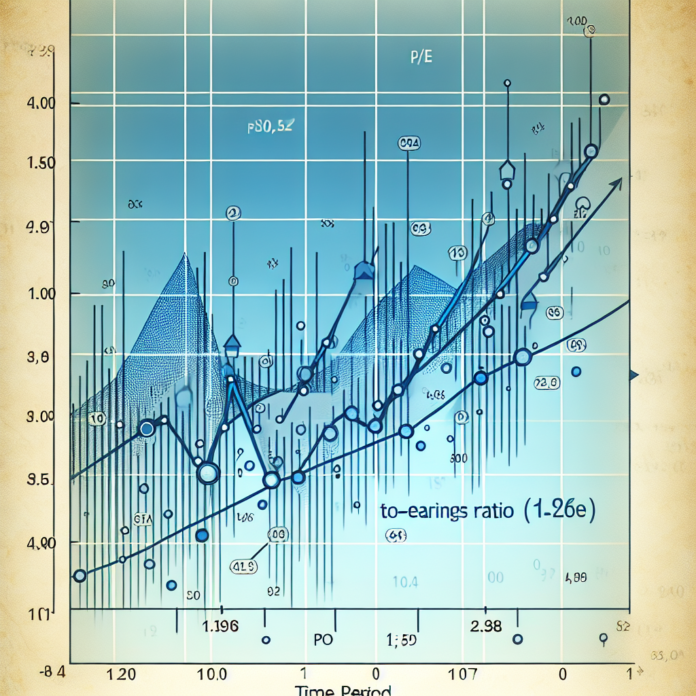Understanding the intrinsic value of stocks is akin to deciphering a secret code that can unlock the doors to successful investing. The true worth of stocks isn’t always reflected in the price displayed on the ticker—it’s often more intricate. For the savvy investor looking to uncover hidden gems or to determine fair prices, mastering the art of stock valuation is crucial. Today, we dive into the principles of stock valuation, providing insight and resources to assist you in becoming a more astute investor.
The Essence of Stock Valuation
Stock valuation is the process of determining the intrinsic value of a company’s shares. But why is this important? It’s the bedrock of smart investing decisions. Knowing a stock’s true worth helps investors discern whether it’s undervalued (a potential bargain) or overvalued (possibly overhyped). Here’s how to begin the valuation journey:
- Fundamental Analysis: This approach focuses on the company’s actual business performance. It involves digging deep into financial statements, earnings reports, and growth prospects. Websites like Morningstar offer comprehensive financial data and analysis to aid in this process.
- Price-to-Earnings (P/E) Ratio: The P/E ratio compares a company’s share price to its earnings per share. A higher ratio could suggest overvaluation, while a lower one might indicate undervaluation. However, norms vary across industries, so compare within the same sector.
- Discounted Cash Flow (DCF) Method: This method involves forecasting a company’s future cash flows and discounting them back to present value. Investopedia provides a detailed explanation of how DCF works and how to apply it.
- Dividend Discount Model (DDM): For dividend-paying stocks, the DDM estimates the value of a stock by discounting predicted dividends to present value. You can find more information on DDM at financial educational sites like The Balance.
Comparative Valuation Techniques
Sometimes the best way to value a stock is by looking sideways at its peers:
- Comparative Ratios: Using ratios like P/E, Price-to-Book (P/B), or Price-to-Sales (P/S) to compare similar companies can help determine relative value.
- Industry Averages: Understanding industry benchmarks for valuation ratios can provide context for a stock’s price and potential growth.
Behavioral Factors in Stock Valuation
Economic fundamentals aren’t the only things that determine stock prices; investor sentiment plays a big role too:
- Market Trends: Bullish or bearish trends can influence investors’ willingness to pay for stocks.
- News and Events: Company news, political events, or economic developments can lead to immediate revaluation of stocks.
Final Thoughts and Further Reading
While formulas and models can guide us, stock valuation is as much an art as it is a science, often requiring judgment and experience to interpret the numbers correctly. For those eager to delve further into stock valuation and become proficient investors, The Motley Fool offers accessible advice and analysis on stock picks and investment strategies.
In conclusion, determining the value of stocks is a powerful skill in an investor’s arsenal. Whether you pore over financial reports or prefer the swift judgment of market ratios, understanding valuation can help you navigate the stock market with confidence. Share your own experiences with stock valuation or any go-to strategies in the comments section below. Let’s elevate our investing acumen together.




 AGF-B.CO
AGF-B.CO